The Risk of a Fiscal Crisis
The CBO sees a clear threat of a fiscal crisis during the next two decades unless we're saved by magic ponies.
The Congressional Budget Office published this brief on the risk of a fiscal crisis back in late July and I missed it. Anyhow it is a rather depressing read in that it looks at two cases for evaluating the chances of there being a fiscal crisis in the next 20 years or so. The prognosis: Under the alternative fiscal scenario, the surge in debt relative to the country’s output would pose a clear threat of a fiscal crisis during the next two decades.
The CBO looked at two scenarios for the growth of federal debt. The first scenario is assuming that all of the various legislated actions take place. The Bush tax cuts are allowed to expire, the AMT is not indexed to inflation nor does Congress intervene even for the short term. Medicare payments to doctors are allowed to be cut at the legislated amounts, etc. The other scenario looks at federal debt assuming that Congress does what it has done in the past: periodically provide relief to those who would pay AMT taxes, keep some or all of the Bush tax cuts, nullify legislated cuts in medicare payments to doctors etc.
This alternative growth path is probably the most likely, or at least something like it. Cuts in medicare payments have been scheduled every year for something like a decade now and every year Congress essentially voids those cuts. This view is one put forward by the Chief Actuary for Medicare as well. Right now there is quite a bit of discussion on keeping at least some of the Bush tax cuts.
Under that scenario, deficits would also decline for a few years after 2010 and then grow again, but that growth would occur sooner and at a much faster rate than under the extended-baseline scenario. By 2020, debt would equal nearly 90 percent of GDP. After that, the growing imbalance between revenues and non-interest spending, combined with the spiraling cost of interest payments, would swiftly push federal debt to unsustainable levels. Debt held by the public would exceed its historical peak of about 110 percent of GDP by 2025 and would reach about 180 percent of GDP in 2035. Indeed, if those estimates took into account the harmful effects that rising
debt would have on economic growth and interest rates, the projected increase in debt would occur even more rapidly.
And as research by Reinhart and Rogoff has indicated a fiscal crisis is something that is hard to predict and hard to deal with. The fiscal situation can go from good to bad very quickly or it might deteriorate slowly over time. Typically a country has three options when a fiscal crisis hits: raising taxes, cutting spending, printing more money. Combinations of the three are also possible as well. Problem is that all three options often carry with them the effect of reducing growth and economic welfare of those living in that country. Given that fiscal crises often hit when the economy is in recession these measures could exacerbate the recession as well.
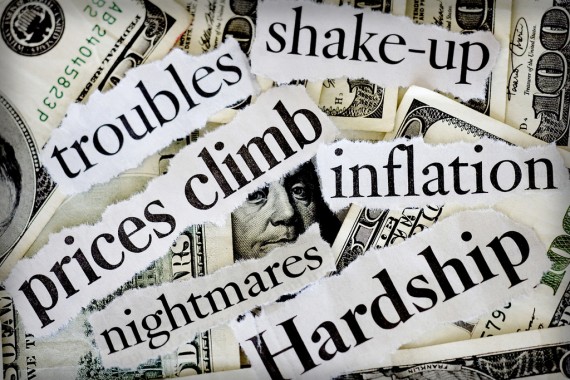

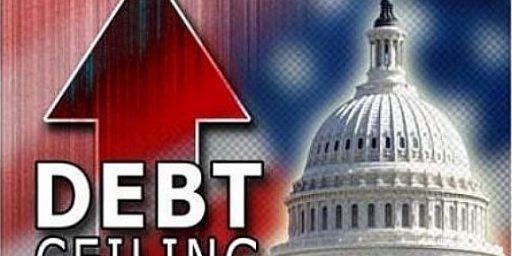
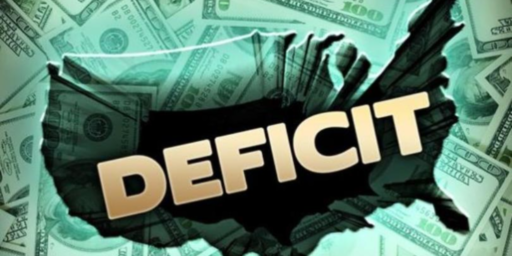
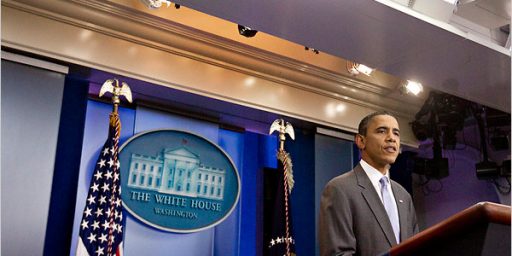
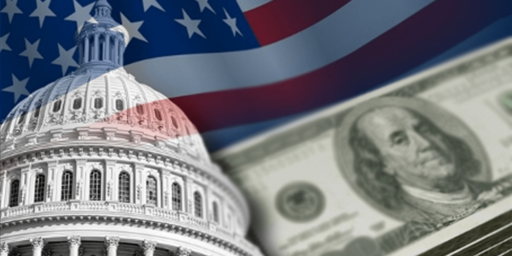
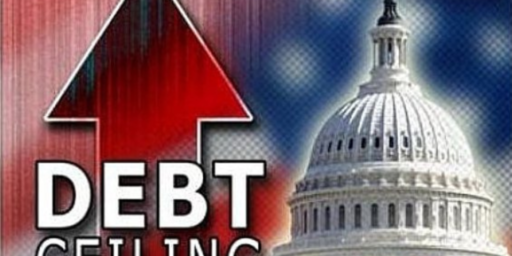
Then the Fiscal Sanity Fairy flies down, gives us all magic ponies, and we all ride away.
Fiscal sanity is sometimes more than tax rates and inflation indexes. Understanding where the money is made is a first step to getting government out of the way. Greenspan mentioned it, the stimulus didn’t get it done so get out of the way and let American business fuel a recovery.
Any American president that claims he will bankrupt coal, the largest provider of domestic energy, is anti business to the core. That’s why we have no recovery, that’s why we have a bleak future. Hell, they’re even slowing down the shale gas development which would burn greener and help all of us.
Steve, are you saying if we believe “fiscal sanity” hard enough then Dave’s fairies will save the day?
Yes, obviously I believe in fairies that will solve our current fiscal mess. That and I’m secretly dating Megan Fox.
And the fiscal sanity fairy has magic fingers, all he has to do is enter accounting digits, voila, more money! Amazing how much faith exists in that fairy.
Sorry, I was asking Steve P. His response seemed centered in belief.
jp, Is American business made up of Dave’s fairies? I don’t think so. Historically they have been regular people creating wealth. Government doesn’t create wealth it consumes it.
How about countering my argument regarding the role of American business in a recovery? How about the role of lower energy prices might play since they are currently acting as a check valve on confidence? Does the expiration of the current tax rates and the higher tax rates to come have an effect? Cap and Trade? Card Check? Obama’s bragging about putting the coal industry out of business? Business is hunkered down until things get less hostile.
SteveP, I have worked for American business all my life. I’ve never once had a government job. You don’t need to convince me to look at business first. It’s where I’ve been.
But I’ve also learned in that time how budgets work. They don’t work on a wing and a prayer.
To convince me that “fiscal sanity” is not fairies and dreams, name the budget cuts.
The fly in the ointment is a currency based on faith and trust of the govt. Nobody here ever talks about the uncertainty of floating currencies. The Fed is the real villain in the currency unrest since Nixon severed the last ties between the dollar and gold. The Fed thinks it can stabilize the dollar through arcane and arrogant formulas, but it has never gotten it right since the early 70’s. If the fed simply looked at the price of gold to determine how to manage the money supply, currency fluctuations would be minimal and business would be able to better judge how to price contracts and plan for the future. The whole currency game is maintained to provide Wall Street and big money interests a vehicle by which to dominate the world financial system.